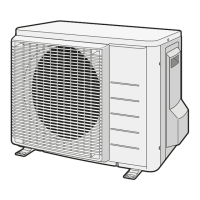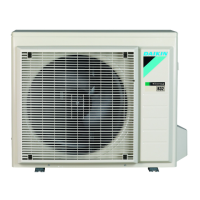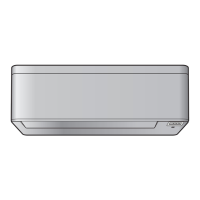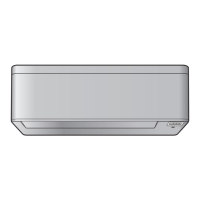What to do if my Daikin RXA50B2V1B has water leakage?
- WwhardinJul 26, 2025
If you notice water leakage from your Daikin Air Conditioner, there are a couple of potential causes: * Incomplete thermal insulation of gas and liquid piping, including indoor portions of the drain hose extension. Ensure the thermal insulation of the piping and the drain hose is complete. * Improperly connected drainage. Make sure to secure the drainage.






